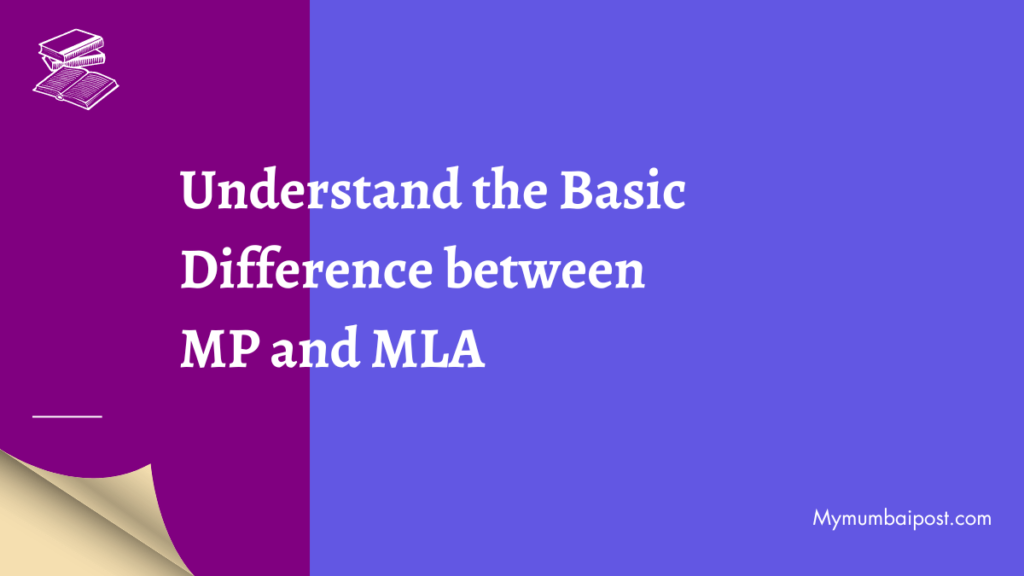
Understand the Basic Difference between MP and MLA
Welcome, dear reader, to a brief yet informative discussion about the fundamental difference between MP and MLA. As citizens of a democratic country, it’s essential to know the roles and responsibilities of our elected representatives in the parliament and state assemblies. So, let’s delve into the intricacies of this topic.
Difference between MP and MLA
I will discuss the 10 key differences between Members of Parliament (MPs) and Members of Legislative Assembly (MLAs) in India.
Election Process: MPs are elected by the people of India through direct elections, whereas MLAs are elected by the people of their respective states.
Jurisdiction: MPs are members of the Parliament of India, which is responsible for making laws for the entire country. MLAs are members of their respective state legislative assemblies and are responsible for making laws for their states.
Representation: MPs represent their constituencies in the Parliament, whereas MLAs represent their constituencies in the state legislative assembly.
Also Read: Explore Key 15 Difference between Highway and Expressway
Size of Constituency: The size of a parliamentary constituency is usually larger than that of a legislative assembly constituency. An MP represents a much larger population than an MLA.
Tenure: The tenure of an MP is 5 years, while the tenure of an MLA is 5 years as well.
Eligibility Criteria: To be eligible to contest for the post of MP, a person needs to be at least 25 years old and a citizen of India. For the post of MLA, a person needs to be at least 25 years old and a citizen of India who is registered as a voter in the state.
Oath Taking: MPs take an oath of office in the Parliament, while MLAs take an oath of office in their respective state legislative assemblies.
Also Read: Understand Ten Key Difference between JEE Main and JEE Advanced
Privileges: MPs have certain privileges, such as immunity from arrest while attending the Parliament and freedom of speech, which are not available to MLAs.
Role in the Government: MPs play a critical role in the formation of the government at the Centre, while MLAs play a critical role in the formation of the government in their respective states.
Power: MPs have more power than MLAs, as they are involved in the decision-making process at the national level, while MLAs are involved in the decision-making process at the state level.
While MPs and MLAs share some similarities in terms of their roles and responsibilities, there are several key differences between the two that set them apart. Understanding these differences is important for anyone who wishes to participate in the democratic process of India.
Explore this video to learn more:
Also Read: Explore Key 15 Difference between Galvanometer and Ammeter